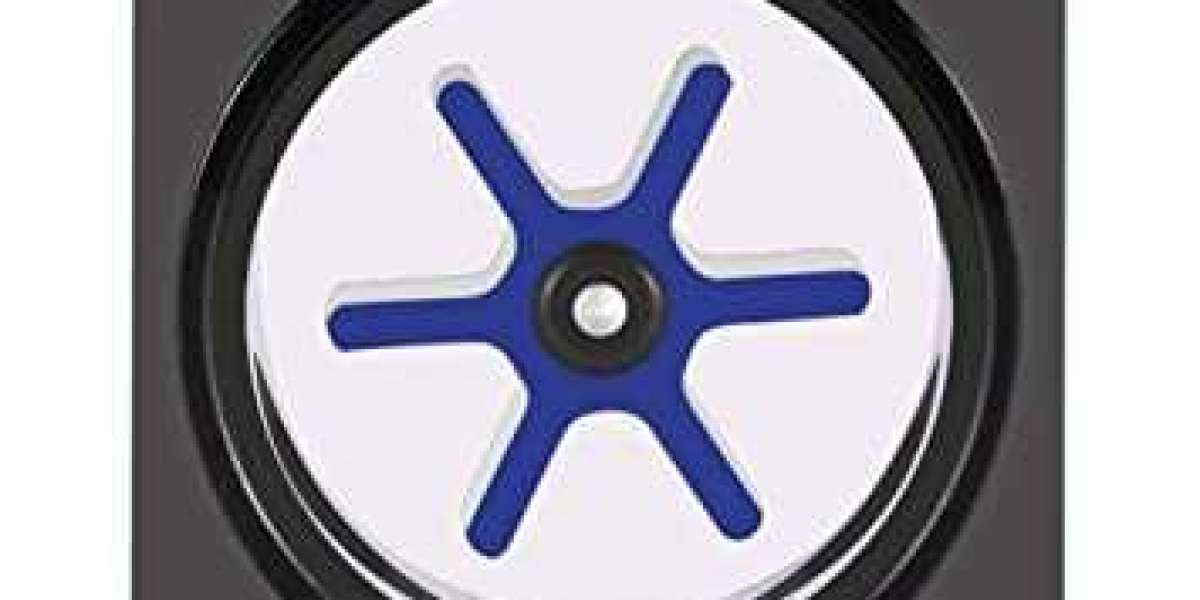Various industrial processes are involved in the manufacturing of machinery and products to be used for consumer-end needs. It involves consistently using machines, including cutting, welding, and automotive. Most industrial processes involve cooling systems with an extensive network of pipes and pumps. These networks are used for the efficient moving of cooling fluids to keep machinery temperature in check. Water cooling flow meter devices are critical for industrial cooling and water chilling systems. These peripheral devices ensure that the cooling system is working at its optimum efficiency. That's why the demand for these devices is high among various industries.
What do cooling flow sensors do?
The working principle of these devices is simple and precise. They measure the flow rate for the liquid coolants used in industrial processes. The liquid coolants are mixed with water and other components to exchange heat and temperature. Therefore, they ensure that various industrial processes are achieved with optimal temperature. Simply put, the workpieces or machine tools could be prone to damage due to overheating. The lubricant coolants flush away the overheat and restore the efficient working of machinery. The supply and effect of coolant are associated with the flow rate. Thus, correct circulation of coolant is required to maintain the quality working of machinery.
Measuring of coolant flow volume
Even though machinery cooling is necessary to prevent overheating damage, a flow volume measurement is also needed. The flow volume of coolant can be measured correctly with a water cooling flow meter. It can indicate the importance of LPM (liters per minute) and GPM (Gallons per minute). The flow meters contain frequency adaptors that convert flow meter values to signals. It can check if the temperature of the working equipment is increasing/decreasing from the set point. So, measuring the right flow volume can prevent an oversupply of coolant to machinery.
Working on coolant flow switch/meter
The working of this device is associated with the indication of coolant flow loss. It checks for the liquid coolant flow within a closed loop by indicating proper flow. When the flow rate of coolant is above the set point, it will shut the fluid supply. Likewise, the switch will open the valve to resume the coolant supply when the flow rate reduces from the predetermined level. In this way, it can work to prevent damage to personnel and working machinery. In the present time, the use of liquid coolants is prevalent in industries like medicine, power, agriculture, HVAC, and food.
Reasons to Choose the suitable coolant water flow sensor
From chilled water systems to automotive engines, the usefulness of coolant flow sensors cannot be underrated. These devices can prove helpful in various applications to protect against overheating damages. Such damages are ultimately prone to hefty machinery repairs and the consumption of human efforts. So, here are some compelling reasons to choose suitable devices for major industries.
Reduce shutdown risks
Industries' water cooling flow meter choice could be critical, like the process itself. Opting for the incorrect meter can lead to unintended failure of the machinery. Choosing a suitable meter can prevent the sudden breakdown of machinery. You can take the example of car engines more prone to excessive heat damage. Damage is unavoidable if the flow meter is not working per the set parameters. The uncontrolled amount of liquid coolant will be delivered to the engine. Thus, an unmonitored flow rate can cause the cooling system damage. The proper flow meter will have a PLC safety system to receive data via signals to stop unwanted cooling.
An easy clamp-on solution
For many cooling applications, there are clamp-on flow sensors available. These devices are suitable for measuring the flow rates of liquids related to chilled water systems and other processes. Clamp-on flow meters are constructed with the parameters to attach to the pipes easily. These meters can be used internally or externally to measure liquids' flow rates. The working of these devices is predetermined for measuring water-glycol blends. So, they can be attached to pipework to provide faster, more efficient, and correct measurement of coolant. Also, these devices working is not affected by consistent operation.
Conclusion
You can seek the latest generation of water cooling flow meter. For this, you must consult with professional manufacturers and suppliers. Thus, by choosing suitable devices, you can ensure the efficient working of the coolant flow sensor. It makes your investment worthwhile as you can use the flow meter more. These devices are certified products that require low maintenance. So you can ensure optimal use for years to come.








